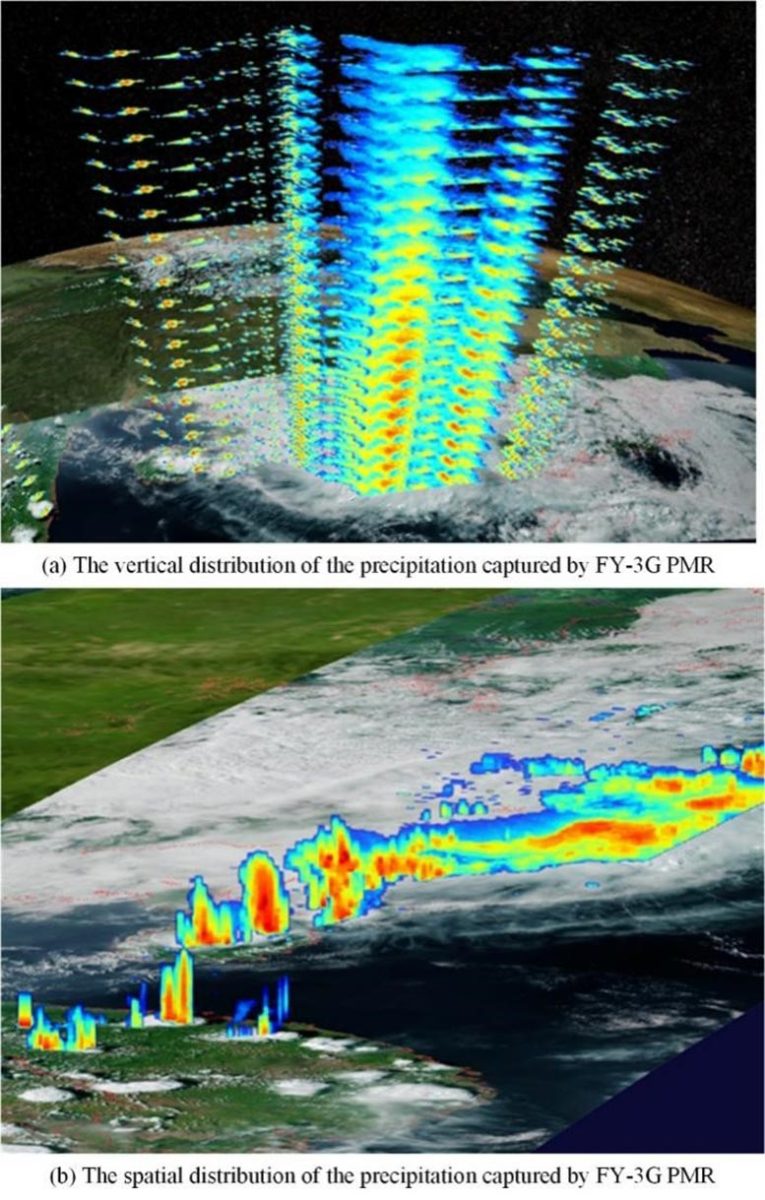
The evolution of geospatial data, fueled by technological advancements, is leading to its widespread application and democratization of data creation. The collaborative research outlines the significant impact on various industries and the ongoing need to integrate user-generated and traditional data sources for comprehensive analysis. Future efforts aim to expand geospatial crowdsourcing and maximize its societal benefits. Credit: SciTechDaily.com
Geospatial data has undergone a major transformation thanks to the internet and smartphones, revolutionizing accessibility and real-time updates.
An international collaboration team reviewed this evolution and highlighted opportunities and challenges for growth.
‘Serious Shift’ in Crowdsourcing Scientific Data Brings Promising Opportunities
The concept of geospatial data – information about locations on Earth – is evolving. With the widespread adoption of the internet and smartphones, directions once available only on paper maps can now be updated in real time on a smartphone, taking traffic conditions into account. This evolution has been and will continue to be driven by the way data is collected, according to an international research collaboration of 18 institutions in four countries.
The team reviewed the current state of geospatial data, identifying areas of potential growth and possible challenges, and serving as a foundational reference to guide applications in both academic and societal use.
Their research Journal of Remote Sensing.

Eighteen subject matter experts have produced a comprehensive review outlining how crowdsourced geospatial data can benefit Earth and human observation. Credit: Xiao Fan, Emory University
A shift in data creation and analysis
“The landscape of data production and analysis has undergone dramatic change in recent years,” said co-corresponding author Xiao Huang, an assistant professor at Emory University. “This paradigm shift has been driven by several key factors, including widespread internet access, the proliferation of smartphones, and a general explosion of participatory culture.”
This shift is having a profound effect across industries, Huang said. Urban planning, transportation, and environmental monitoring have been particularly affected, he noted, with user-generated data providing “an unprecedented, real-time view and community-driven perspective that often leads to more responsive and adaptive decision-making processes.” The same kind of data is also informing the commercial sector, helping with more informed, customer-centric product development and marketing strategies.
Democratizing Data
“The significance of this shift lies in the power it has given ordinary people to contribute and influence in a field traditionally dominated by experts and authorities,” Huang said. “This democratization has not only diversified the types of data available, but also provided richer, more multifaceted insights into human behavior and environmental change.”
But the researchers said that despite such changes, there is still a need for a comprehensive and holistic view that links different data sources, such as social media platforms, to application areas such as public health and remote sensing.
Bridging data sources and applications
“Our goal is to fill this gap and provide a comprehensive view of the uses and potential of crowdsourced geospatial data,” Huang said. “In this study, we conduct a thorough analysis of the current efforts, potential, and obstacles associated with crowdsourced geospatial data from two fundamental perspectives: human observation and Earth observation.”
Earth observation refers to data recorded by large organizations, such as academic or government agencies, as opposed to human observations, such as those on social media. Combining these two perspectives, the researchers identified seven specific challenges: Ensuring data quality and Accuracyprotecting data privacy, training and educating non-experts, continuing data collection, resolving legal and ethical issues, and interpreting the data. Their paper summarizes the current state of each field and possible paths forward.
The potential of crowdsourced data
“Crowdsourced geospatial data plays an important role and has great potential in enhancing human and Earth observation,” said Huang. “This data, provided by the public through various platforms, provides high-resolution spatiotemporal observations that may be missed by traditional methods. This comprehensive review paper highlights the democratization of data collection and its impact on various fields, and emphasizes the need to integrate these non-traditional data sources for more comprehensive and nuanced understanding and decision-making.”
The future direction of crowdsourcing
The researchers identified three key future directions: leveraging the power of the crowd to expand the reach of geospatial crowdsourcing, cultivating a sustainable crowdsourcing ecosystem from motivation to retention, and translating crowdsourced geospatial data into real-world impact.
“Our goal is to increase the reach and impact of geospatial crowdsourcing by incorporating the temporal dimension and integrating advanced technologies. artificial intelligence and Machine Learning“We encourage them to pioneer a sustainable crowdsourcing ecosystem by leveraging advanced technologies, cultivating a strong and motivated community of citizen scientists, providing effective incentives and inclusive education, and bridging the digital divide, all while ensuring participation, especially from underrepresented regions. This effort will translate abundant crowdsourced geospatial data into tangible, real-world impacts that inform policy decisions, advance scientific research, and empower communities and individuals around the world,” said Huang.
Reference: “Crowdsourcing Geospatial Data for Earth and Human Observation: A Review,” Xiao Huang, Siqin Wang, Di Yang, Tao Hu, Meixu Chen, Mengxi Zhang, Guiming Zhang, Filip Biljecki, Tianjun Lu, Lei Zou, Connor YH Wu, Yoo Min Park, Xiao Li, Yunzhe Liu, Hongchao Fan, Jessica Mitchell, Zhenlong Li, Alexander Hohl, 22 January 2024, Journal of Remote Sensing.
DOI: 10.34133/remote-sensing.0105
Co-authors include co-corresponding author Siqin Wang (University of California, Los Angeles, Spatial Sciences Institute), Di Yang (Wyoming Center for Geographic Information Science, University of Wyoming), Tao Hu (Oklahoma State University, Department of Geography), Connor Yuhao Wu (School of Management Science and Information Systems), Meixu Chen (University of Liverpool, Department of Geography and Planning), Meixu Zhang (Virginia Tech Carilion School of Medicine), Guiming Zhang (University of Denver, School of Geography and Environmental Studies), Filip Biljecki (School of Architecture, National University of Singapore), Tianjun Lu (Department of Geosciences and Geography, California State University, Dominguez Hills), Lei Zou (Department of Geography, Texas A&M University, College Station), Yoo Min Park (University of Connecticut, Department of Geography), and Xiao Li (Transportation Research Unit). University of OxfordYuzhe Liu, MRC Centre for Environmental Health, Imperial College London; Hongchao Fan, Department of Civil and Environmental Engineering, Norwegian University of Science and Technology; Jessica Mitchell, Institute for Spatial Analysis, University of Montana; Zhenlong Li, Department of Geography, University of South Carolina; Alexander Hohl, Department of Geography, University of Utah.
This research was supported by the Faculty Startup Fund from Emory University’s College of Arts and Sciences.


